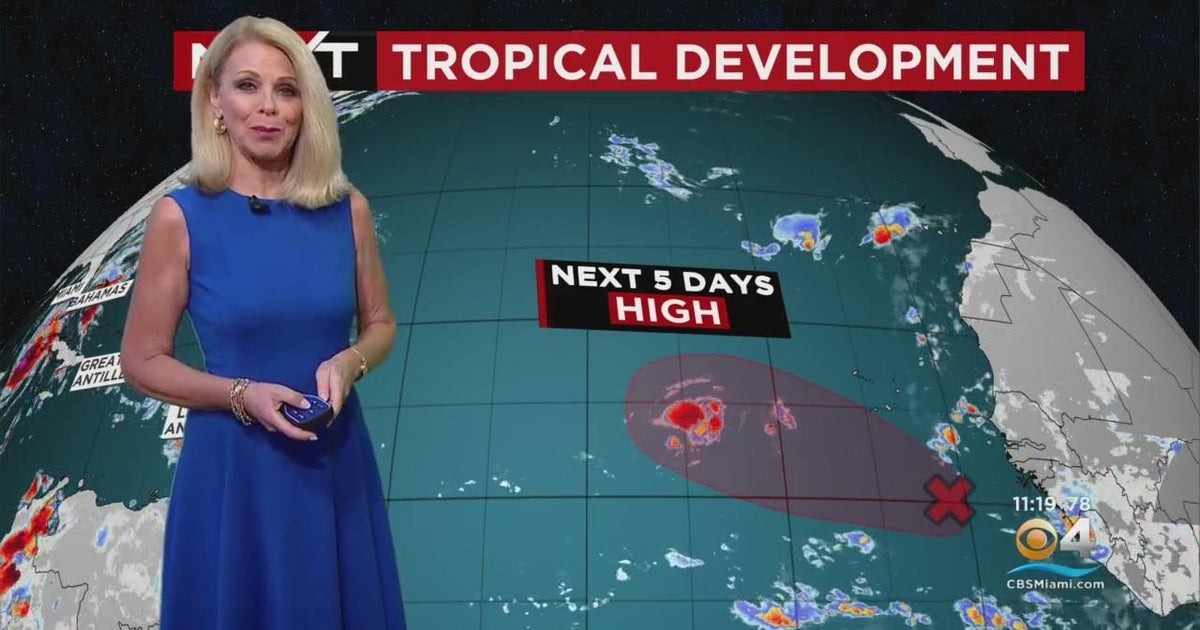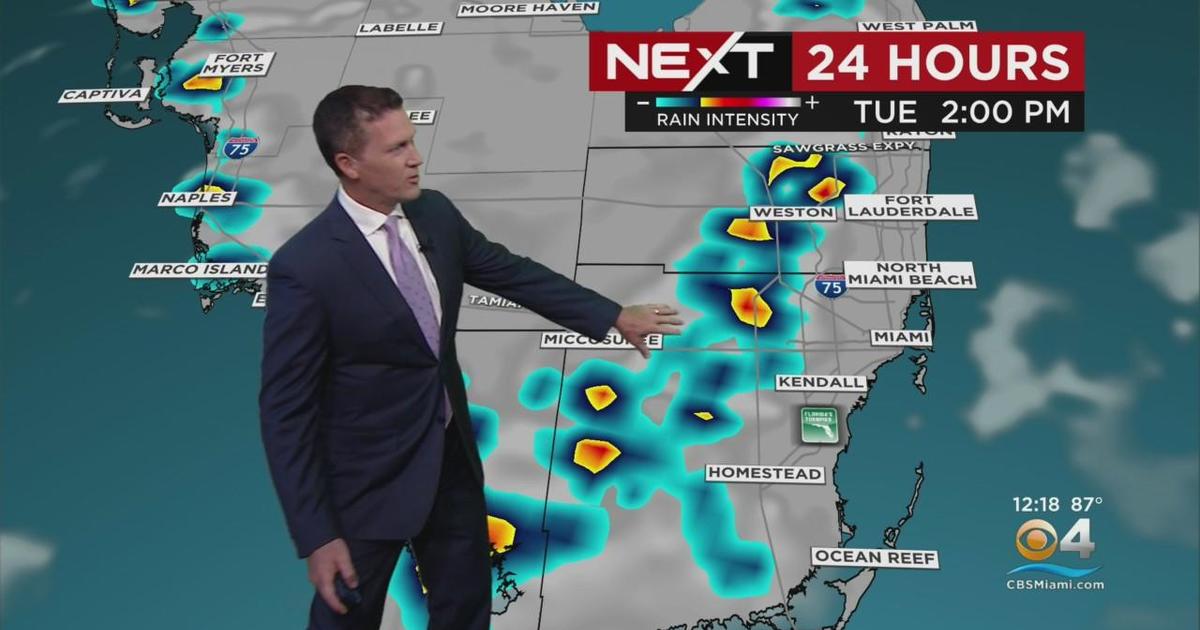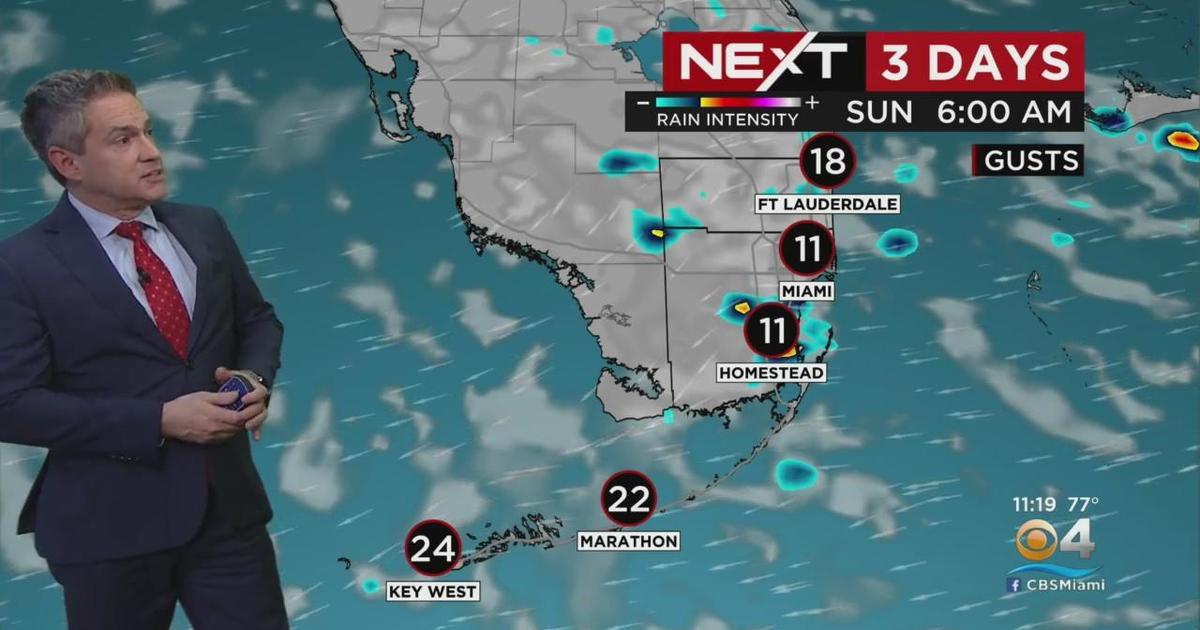When it comes to Miami weather, you’re in for a tropical treat! Picture this: sunny skies, warm ocean breezes, and just enough rain to keep the palm trees happy. Whether you’re planning a vacation or thinking about moving to the Magic City, understanding the weather patterns is key. From scorching summers to mild winters, Miami has a climate that’s as vibrant as its culture. So, grab your sunscreen, flip-flops, and let’s dive into what makes Miami’s weather so unique!
Miami weather isn’t just about sun and sand—it’s a dynamic mix of tropical charm and occasional stormy surprises. Living or visiting here means you’ll experience everything from balmy days to the occasional hurricane season. But don’t worry, we’ve got you covered with all the info you need to make the most out of your time in this paradise.
Before we dive deeper, let’s set the stage: Miami is known for its warm, humid climate, and it’s no secret that the weather plays a big role in the city’s lifestyle. From outdoor festivals to beach days, the weather shapes how people live and play. So, whether you’re a sun worshipper or someone who prefers a little rain for variety, there’s something for everyone in Miami’s ever-changing weather scene.
Read also:Is Mitch From Lenox Hill Still Alive The Untold Story You Need To Know
Understanding the Basics of Miami Weather
What Makes Miami’s Climate So Special?
Miami boasts a tropical monsoon climate, which means it’s warm year-round with distinct wet and dry seasons. The city’s location near the equator and its proximity to the Atlantic Ocean contribute to its unique weather patterns. In simple terms, Miami is a paradise for those who love heat, but it’s also a place where rain showers are a common occurrence, especially during the summer months.
Here’s a quick breakdown of what to expect:
- Summer (May to October): Hot, humid, and rainy. Think temperatures in the high 80s and frequent afternoon thunderstorms.
- Winter (November to April): Mild and dry. Expect temperatures in the 70s, making it the perfect time for outdoor activities.
Key Factors Influencing Miami Weather
Several factors contribute to Miami’s weather, including ocean currents, wind patterns, and its geographical location. The Gulf Stream, for instance, helps moderate temperatures, keeping winters mild and summers warm. Additionally, the city’s flat terrain means there’s little to no relief from the heat, making air conditioning a must-have for locals.
Another important factor is the Atlantic Ocean, which not only regulates temperatures but also brings in moisture, resulting in those famous Miami thunderstorms. If you’re new to the area, getting used to these quick, intense showers is part of the experience!
Seasonal Breakdown: Miami Weather by the Month
Winter in Miami: The Perfect Escape
Winter in Miami is like a dream come true for those escaping colder climates. From November to April, the city enjoys mild temperatures, with highs in the 70s and lows in the 60s. This is the peak tourist season, and for good reason—beach days, outdoor concerts, and dining al fresco are all on the menu.
Pro tip: If you’re visiting during this time, book accommodations early because it’s the busiest season of the year. And don’t forget to pack a light jacket for those rare cool evenings!
Read also:The Power And Efficiency Of Remote Access In Iot Example
Spring: A Transition to Warmer Days
As spring rolls in, Miami starts to heat up. March and April see temperatures rising into the mid-80s, and humidity begins to creep in. This is also the start of the dry season winding down, so you’ll notice fewer rain showers compared to the summer months.
Spring is a great time for outdoor activities like biking along the beach or exploring the city’s parks. Just be prepared for the occasional hot day that might make you wish for a dip in the ocean!
Summer in Miami: Hot, Humid, and Full of Life
Why Summer is Both a Blessing and a Challenge
Summer in Miami is a double-edged sword. On one hand, you’ve got endless sunshine and warm ocean waters perfect for swimming. On the other hand, the heat and humidity can be intense, and thunderstorms are a daily occurrence. June through September are the wettest months, with rainfall averaging around 6 inches per month.
Despite the challenges, locals and visitors alike embrace the summer vibe. Afternoon showers often cool things down, and the rainbow-filled skies afterward are a sight to behold. Just remember to hydrate and wear sunscreen if you’re planning to spend time outdoors!
Hurricane Season: What You Need to Know
Hurricane season runs from June 1st to November 30th, and while not every storm hits Miami directly, it’s always wise to stay prepared. The city has experienced its fair share of hurricanes, with the most notable being Hurricane Andrew in 1992. Since then, infrastructure and emergency preparedness have improved significantly.
If you’re planning to visit during hurricane season, keep an eye on weather updates and consider purchasing travel insurance. Locals are pros at weathering the storms, so you’ll be in good company if a hurricane does make an appearance.
Fall: A Mild Finish to the Year
October: The Last Days of Summer
October is a transitional month in Miami, with temperatures gradually cooling down. While it’s still warm, with highs in the mid-80s, the humidity begins to ease up, making it a more comfortable time to be outside. This is also the tail end of hurricane season, so keep an eye on the weather if you’re visiting during this time.
As the calendar flips to November, you’ll notice a significant drop in temperature, signaling the start of Miami’s winter season. It’s a great time to enjoy outdoor activities without the intense heat of summer.
Thanksgiving in Miami: A Mild Holiday
Thanksgiving in Miami is a unique experience. While the rest of the country is bundling up for the cold, Miami residents are enjoying mild temperatures perfect for outdoor gatherings. It’s not uncommon to see families hosting Thanksgiving dinners on their patios or at the beach.
If you’re spending Thanksgiving in Miami, don’t forget to try some local twists on traditional dishes. Think key lime pie instead of pumpkin pie and conch chowder instead of turkey soup. It’s all about embracing the local culture while enjoying the beautiful weather!
Top Tips for Dealing with Miami Weather
Staying Cool in the Heat
Living or visiting Miami means learning how to stay cool in the heat. Here are a few tips to help you beat the summer heat:
- Wear breathable fabrics like cotton or linen.
- Stay hydrated by drinking plenty of water.
- Take advantage of indoor air-conditioned spaces during the hottest part of the day.
- Plan outdoor activities early in the morning or late in the afternoon when temperatures are cooler.
Dealing with Rainy Days
Rain is a regular part of Miami weather, especially during the summer months. Here’s how to make the most of those rainy days:
- Carry a compact umbrella or rain jacket for unexpected showers.
- Visit indoor attractions like museums or art galleries when the rain hits.
- Enjoy the unique beauty of Miami during and after a rainstorm—the city takes on a different charm when it’s wet.
How Miami Weather Affects Daily Life
Local Lifestyle and Weather
Miami’s weather heavily influences the local lifestyle. From outdoor dining to beach culture, the city is built around enjoying the outdoors. However, the heat and humidity mean that locals have adapted to living comfortably in a tropical climate. Air conditioning is a must, and many homes and businesses are designed to maximize natural ventilation while keeping out the heat.
Additionally, Miami’s weather encourages a laid-back, relaxed lifestyle. You’ll often see people walking barefoot on the streets, wearing light clothing, and embracing the sun-soaked days. It’s all part of what makes Miami such a unique and vibrant place to live.
Health Considerations in Miami’s Climate
While Miami’s weather is generally pleasant, there are a few health considerations to keep in mind. The heat and humidity can lead to dehydration and heat exhaustion, especially for those not used to tropical climates. It’s important to drink plenty of water, wear sunscreen, and take breaks in the shade if you’re spending extended time outdoors.
Additionally, the rainy season can bring mosquitoes, which can carry diseases like Zika and dengue fever. Wearing insect repellent and avoiding standing water are simple ways to protect yourself and your family.
Conclusion: Embracing Miami’s Weather
In conclusion, Miami weather is a dynamic and ever-changing experience that offers something for everyone. From sunny beach days to refreshing rain showers, the city’s tropical climate shapes its culture and lifestyle in unique ways. By understanding the seasonal patterns and preparing for the occasional storm, you can make the most out of your time in Miami.
We invite you to share your Miami weather experiences in the comments below. Whether you’re a seasoned local or a first-time visitor, we’d love to hear how you adapt to the city’s vibrant climate. And don’t forget to explore our other articles for more insights into life in the Magic City!
Table of Contents
- Understanding the Basics of Miami Weather
- Seasonal Breakdown: Miami Weather by the Month
- Summer in Miami: Hot, Humid, and Full of Life
- Fall: A Mild Finish to the Year
- Top Tips for Dealing with Miami Weather
- How Miami Weather Affects Daily Life
- Health Considerations in Miami’s Climate
- Conclusion: Embracing Miami’s Weather


